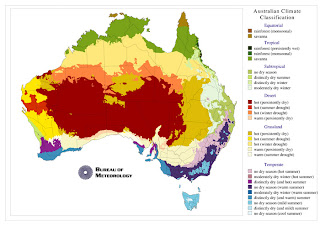Andesite is an extrusive igneous, volcanic rock, of intermediate composition. In a general sense, it is the intermediate type between basalt and dacite.
The mineral assemblage is typically dominated by plagioclase plus pyroxene and/or hornblende. Magnetite, zircon, apatite, ilmenite, biotite, and garnet are common accessory minerals. Alkali feldspar may be present in minor amounts. Andesites are characteristic of subduction zones, such as the western margin of South America. Along with basalts they are a major component of the martian crust.
The name andesite is derived from the Andes mountain range. Classification of andesites may be refined according to the most abundant phenocryst.




















